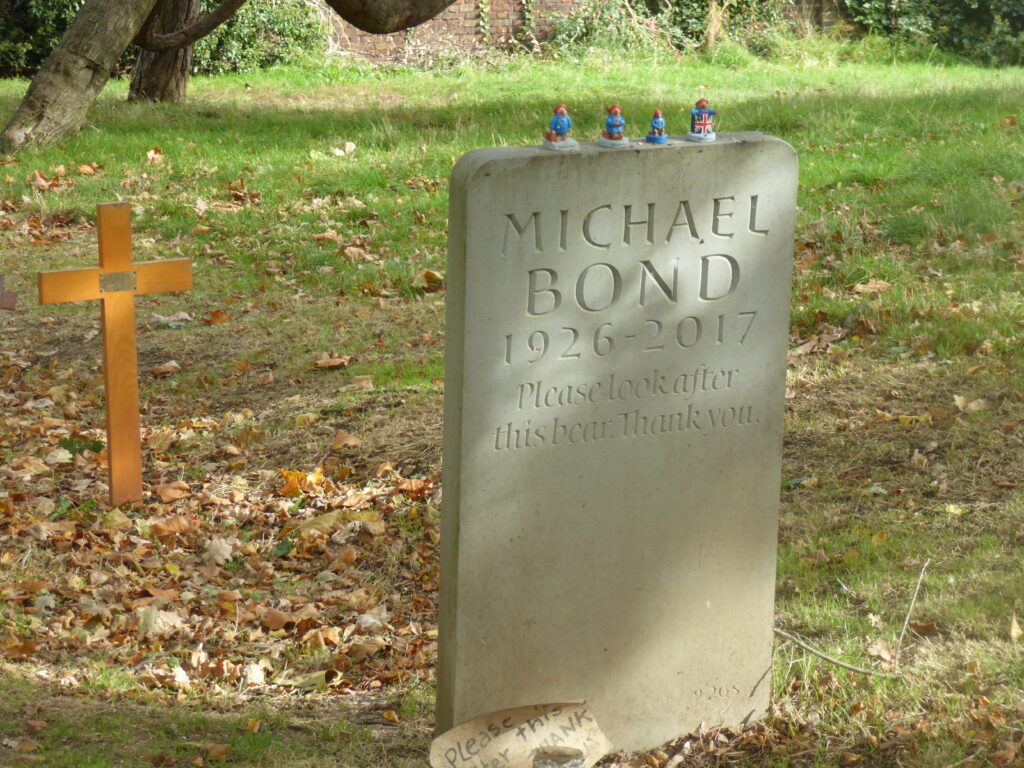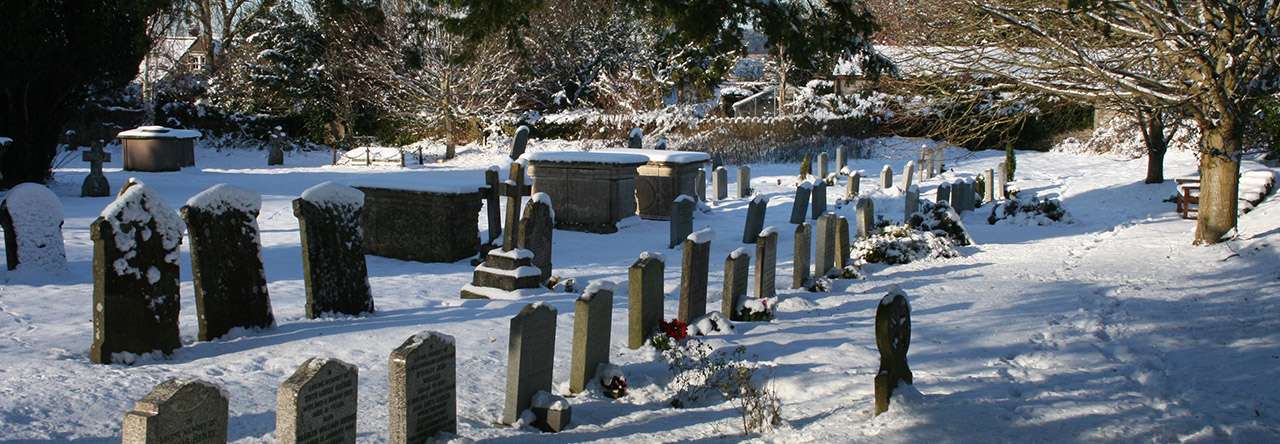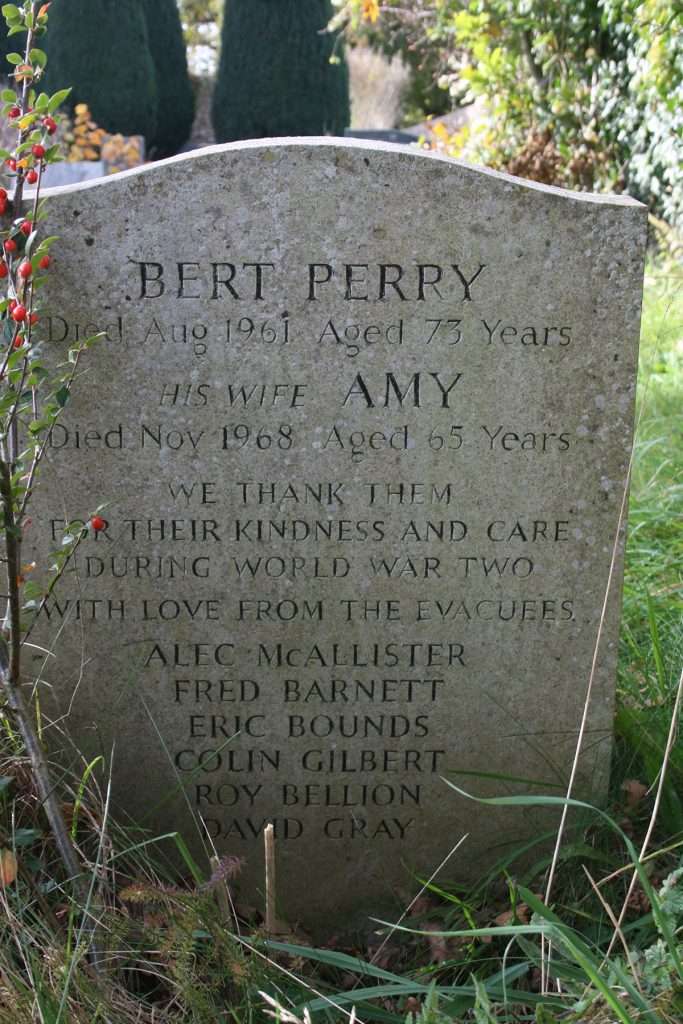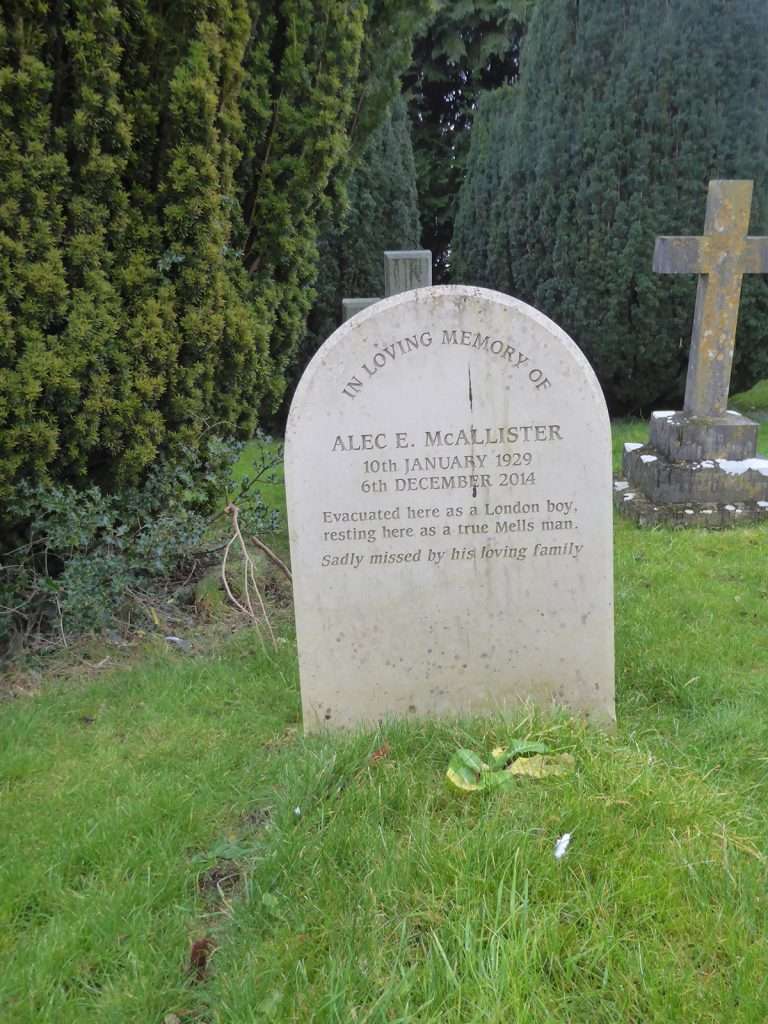The graves of those taken too young are always painful. Heart-breaking too are those recalling lives which have been difficult, troubled, unhappy. But for those who have led a long life, loved, and been loved, whose passage through the world has known shared happiness, the sadness is mitigated, and when their stones speak with a gentle humour they make me smile.
Michael Bond (1926-2018) first introduced us to A Bear Called Paddington in 1958. His inspiration was a small bear whom he saw seated alone on the shelf of a London department store one Christmas Eve. Feeling sorry for the forlorn bear he bought him and gave him to his wife as a Christmas present. They named the bear Paddington after the nearby railway station and Bond began drafting a story about him.
Paddington’s Aunt Lucy had sent him to London from “darkest Peru” when she moved to the Home for Retired Bears. He had arrived as a stowaway and the Brown family found him sitting disconsolately on his suitcase near the lost property office at Paddington Station. Around his neck he wore a luggage label written by his aunt, “Please look after this bear. Thank you.” In his suitcase was the remains of a jar of marmalade which had sustained him during his voyage.
Bond explained that his inspiration came from his war time memories of refugee and evacuee children at London stations wearing similar labels bearing their names and addresses and clutching small suitcases containing their few possessions. Paddington too was a refugee and Bond received many poignant letters from child immigrants telling him about their new life in England.
Aunt Lucy had taught Paddington perfect English, impeccable manners, and a clear-eyed understanding of the difference between right and wrong. He was not afraid to, politely, challenge authority when he considered that authority was in error, nor to express his disapproval of wrongdoing with a “hard stare.” Paddington was kind, loving, charming and upright. Filled with enthusiasm and optimism, he always tried to do the right thing notwithstanding a tendency to be disaster prone.
The Browns, whom Bond modelled on his own happy childhood family, adopted Paddington, and as his story unfolds he writes letters and postcards to Aunt Lucy about his life in London.
Bond continued to write about Paddington for many years. The books were translated into forty languages and sold thirty-five million copies around the world bringing delight to children and adults alike.
When Bond and his wife separated they decided on joint custody of the bear, and he described how they would phone each other up and say, “He feels like coming to you now.”
In 2000 a bronze statue of Paddington was erected on Platform One at the station. Parents take photographs of their children, often holding one of Paddington’s favourite marmalade sandwiches, standing beside the bear; unaccompanied adults pat him surreptiously as they pass.When Michael Bond died in 2017 the statue almost disappeared beneath the welter of flowers, cards, notes written on luggage labels, and jars of marmalade.
Bond is buried in Paddington Old Cemetery beneath a stone bearing the appropriate legend,
Please look after this bear. Thank you.
for Paddington Bear and his creator were said to be very much alike.




